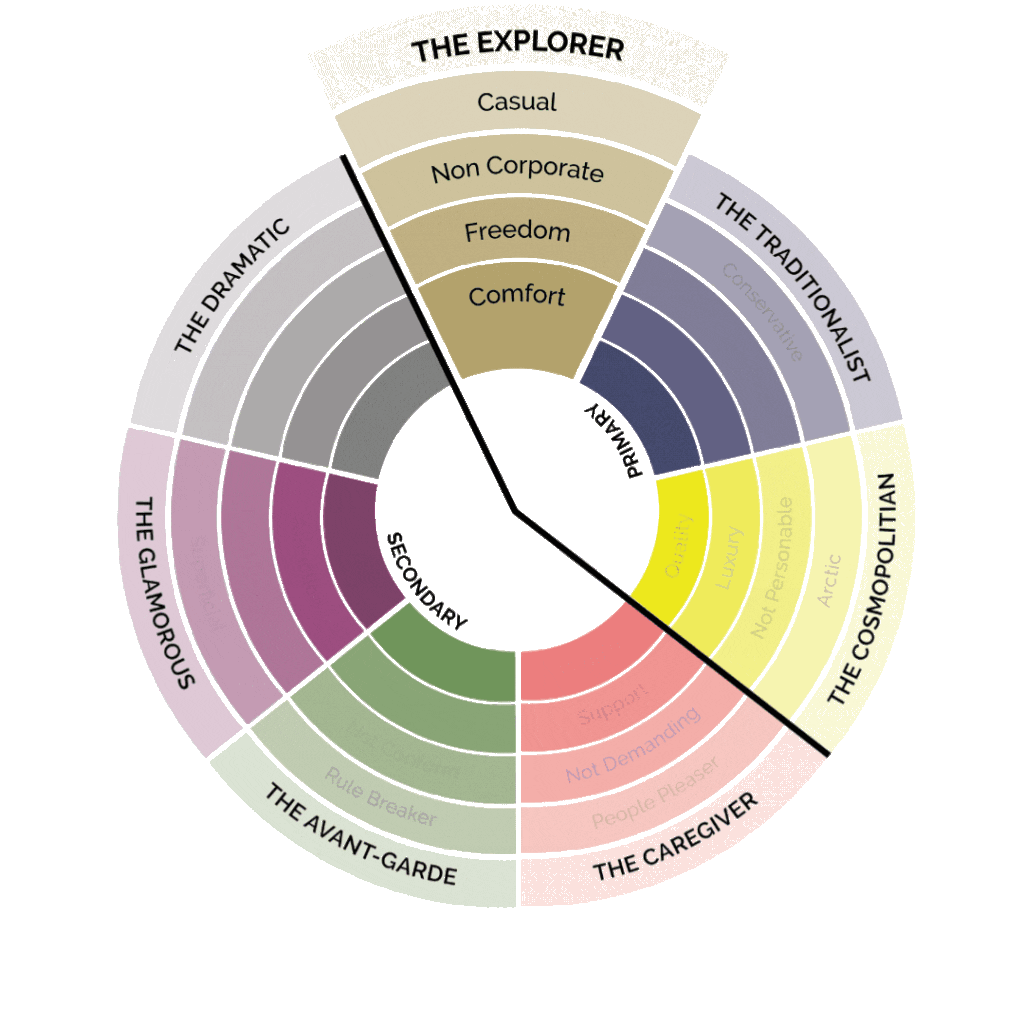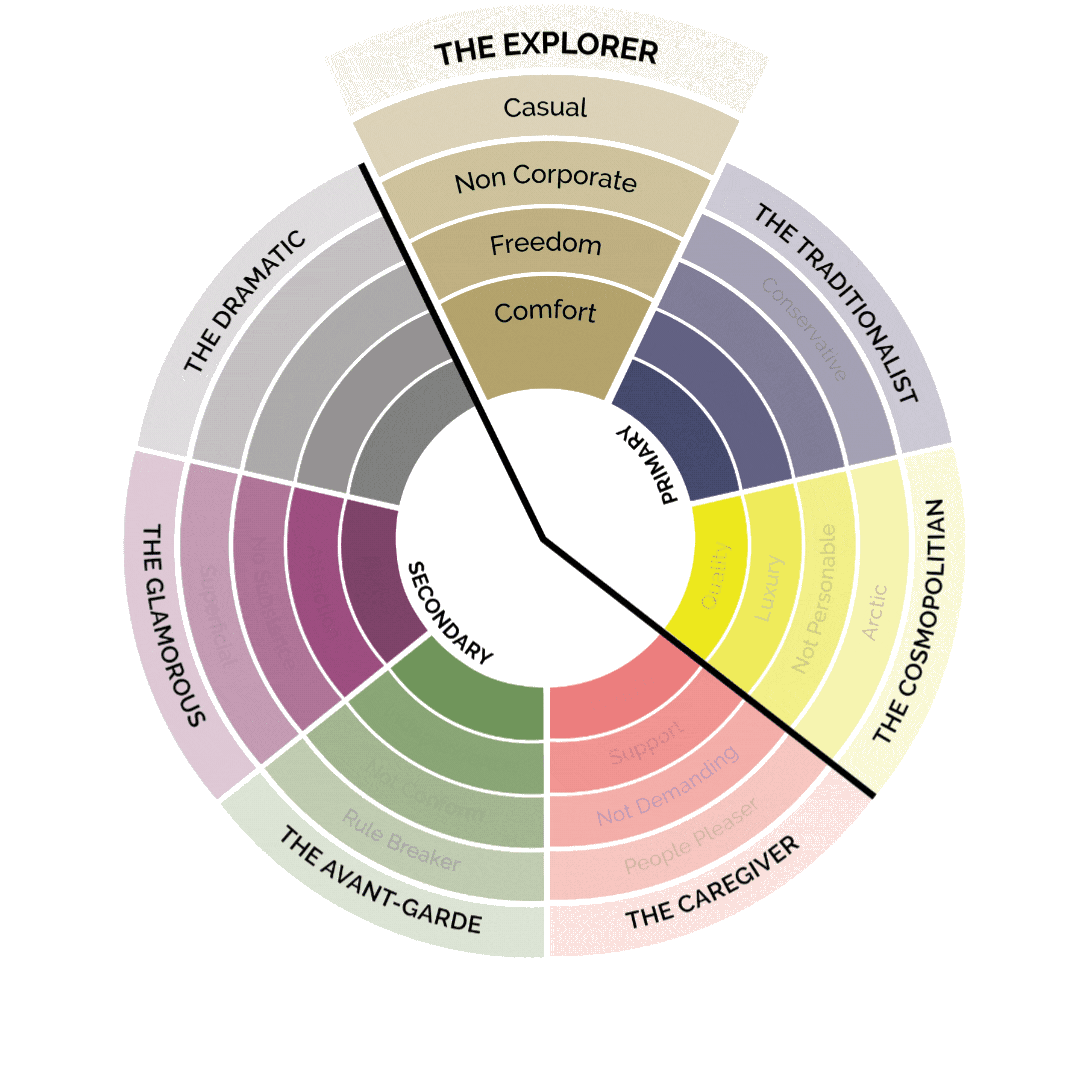Customer Service Wins: Memorable Examples of a Good Attitude in Action
Great customer service begins with something seemingly simple but profoundly impactful: a good attitude. While technical skills and efficiency matter, it’s the energy and solution-driven mindset you bring that truly sticks with clients. Think about it—clients might appreciate a fast resolution, but they rave about how your attitude made them feel. In this post, we’ll dive into some standout examples of a good attitude in customer service and explore how they create loyal, happy clients who keep coming back.
Key Takeaways
- A good attitude can transform a challenging customer interaction into a memorable experience.
- Examples of good attitude in customer service include active listening, empathy, and proactive problem-solving.
- Positive customer interactions boost client loyalty and create brand advocates.
- A good attitude isn’t just natural; it’s a skill that can be cultivated and modeled.
- Team culture plays a significant role in promoting good attitudes among staff.
- Clients notice not just what you do but how you make them feel—and attitude is everything.
The Power of a Good Attitude in Customer Service
What’s the first thing a client notices when they reach out for support? It’s not the script, the tools, or even how quickly you respond—it’s the attitude. A good attitude can instantly disarm frustration, build genuine trust, and turn what could have been an ordinary exchange into something truly memorable. When we look at examples of a good attitude in customer service, they often share this common thread: they make clients feel seen, heard, and valued.
Picture this: a client calls in with a problem. In one scenario, the service agent is dismissive and curt, making the client feel like an inconvenience. In the other, the agent listens attentively, shows genuine empathy, and enthusiastically offers solutions. It’s no contest, right? The client will remember and appreciate the experience where they felt heard, valued, and supported—a perfect example of a good attitude in action. Moments like these don’t just solve problems; they create lasting impressions that clients carry with them long after the issue is resolved.
Good attitudes —whether in leadership or customer service— have a way of spreading like wildfire—in the best possible sense. They don’t just affect the customer on the other end of the conversation; they uplift the entire team, creating an energy of positivity and collaboration that clients can’t help but notice.
And let’s be clear: this isn’t about plastering on a fake smile or forced cheerfulness. It’s about showing up to every interaction with a genuine, can-do spirit and a willingness to make someone’s day a little better. That kind of attitude isn’t just contagious—it’s unforgettable.
A good attitude isn’t about perfection; it’s about showing up, even when it’s hard.
Examples of Good Attitude That Leave a Mark
A good attitude can mean different things depending on the situation, but at its core, it’s about showing up with a mindset that prioritizes understanding, respect, and genuine care. It’s not just about solving problems; it’s about how you make people feel in the process. Clients don’t remember every detail of what you did, but they always remember the attitude you brought to the interaction. When we think about examples of a good attitude, they often involve moments where empathy, patience, or creativity turned a routine exchange into something extraordinary. Let’s look at some of the ways a good attitude can leave a lasting mark:
Active listening: Truly hearing your client and letting them know you’re fully present can melt away frustration. It’s not just about hearing the words—it’s about understanding the meaning behind them.
Empathy: Seeing the situation through the client’s eyes makes them feel understood and valued. A simple, “I can see why that would be frustrating,” can make all the difference.
Proactive problem-Solving: Jumping in with thoughtful, actionable solutions before the client even asks shows initiative and care. It’s the kind of move that makes clients feel like you truly have their back.
Patience and positivity: Even when faced with a difficult or upset client, staying calm and maintaining a positive tone can completely shift the energy of the conversation.
Personalization: Taking the time to address the client by name, remember past interactions, or tailor solutions to their specific needs creates an experience that feels personal and special.
Each of these examples of a good attitude demonstrates the human element in service—the thing that clients will talk about long after the interaction is over.
Proactive service says, "I’ve got this," before the client even asks.
The Ripple Effect of Good Attitude on Clients and Beyond
A good attitude doesn’t stop with a single moment—it creates ripples that extend far beyond. Think about it: when someone feels genuinely valued, respected, and cared for, they carry that feeling forward, often inspiring positivity in others. These ripples of impact go in multiple directions, affecting clients, teams, brands, and even the individuals who show up with that good attitude in the first place. Let’s explore how far these ripples can reach:
- On clients: They leave the interaction feeling valued, respected, and more likely to remain loyal.
- On team members: A positive attitude is contagious, boosting team morale and fostering a supportive work environment.
- On brand reputation: Clients who experience good attitudes are more likely to share their positive experiences, enhancing the brand’s image.
- On the individual: A good attitude can make work more fulfilling, turning challenges into opportunities for growth.
Each ripple starts with a single choice: how you show up in each client interaction.
Every positive interaction with a client can set off a chain reaction of goodwill.
How to Cultivate a Good Attitude in Customer Service
Building a good attitude isn’t always easy—it takes effort, intention, and a willingness to grow. But let’s be honest: it’s worth every bit of energy you put into it. A good attitude doesn’t just make your workday smoother; it makes every interaction more meaningful and creates lasting impressions on those you serve. So how do you get there? Here’s how you can foster and sustain a positive, impactful attitude that makes a difference:
- Start with team culture: A culture that values positivity, respect, and kindness creates a foundation for good attitudes to thrive.
- Model the behavior: Leaders should exemplify the attitudes they want to see in their teams—enthusiasm, patience, and problem-solving.
- Practice gratitude: Regularly acknowledging what’s going well fosters a positive mindset that’s contagious.
- Encourage empathy: Training sessions focused on understanding client perspectives can make empathy second nature.
- Recognize and reward: Celebrate team members who demonstrate outstanding attitudes to reinforce the behavior.
Good attitudes are built in cultures where positivity is the norm.
Common Barriers to a Good Attitude in Customer Service
It’s easy to say “have a good attitude,” but the reality is that life and work can sometimes get in the way. Stress, burnout, and even the occasional difficult customer can put a damper on anyone’s positivity. Recognizing these barriers is the first step toward overcoming them.
Stress and burnout: When team members are stretched too thin or feel undervalued, it’s hard to show up with a smile. Creating a culture where breaks are encouraged, workloads are manageable, and support is readily available can help alleviate this. Regular team check-ins and access to mental health resources can make all the difference.
Negative work environment: Toxicity within a team can squash even the best attitudes. Open communication and strong leadership are critical to fostering a supportive environment. Leaders who model a good attitude set the tone for the entire team.
Difficult customers: Let’s face it, not every customer is easy to deal with. However, viewing challenging interactions as opportunities to demonstrate patience and professionalism can help shift your mindset. Sometimes, the most frustrated customers become your biggest advocates when met with empathy and understanding.
The key to overcoming these barriers is intentionality. A good attitude isn’t about being positive 24/7—it’s about making a choice to show up with the best version of yourself, even when it’s tough.
Quite often the toughest customer can be disarmed with a good attitude.
Learning from Negative Experiences: Turning Bad Service into Good Attitude Examples
We’ve all had bad customer service experiences. Maybe it was an uninterested cashier, an unhelpful phone agent, or a brusque email response. While those moments sting, they also offer a unique opportunity: to learn what not to do and to reimagine how good customer service should look.
Reflecting on the N\negative: Think back to a time you left a service interaction feeling disappointed or frustrated. What was missing? Was it empathy, attentiveness, or a willingness to help? Recognizing these gaps can sharpen your understanding of what customers truly value.
Transforming lessons into action: Use negative experiences as a guide for improvement. For example, if a past service agent dismissed your concerns, you might focus on making active listening a cornerstone of your approach. If you’ve encountered robotic, impersonal interactions, commit to personalization in every customer conversation.
Leading by example: Share these lessons with your team. Discuss real-world scenarios where attitudes could have shifted the outcome and brainstorm how to handle similar situations better. Encourage team members to see every interaction—positive or negative—as a chance to grow.
Learning from negative experiences isn’t about dwelling on mistakes; it’s about leveraging them to create a service culture that truly stands out.
The best customer service comes from understanding what bad service feels like.
ADDITIONAL RESOURCES
10 Examples of good customer service and key practices on how to deliver it
This Touchpoint article explores 10 practical examples of good customer service and provides key strategies for delivering exceptional experiences that foster loyalty and satisfaction.
Good customer service: Ways to deliver
This Yellow.ai article highlights examples of good customer service and offers actionable insights on how businesses can create memorable, customer-centric experiences.
FREQUENTLY ASKED QUESTIONS
Can a good attitude overcome a bad experience for a client?
Absolutely. A genuinely good attitude can transform a negative experience into a positive one, showing the client you care.
Is a good attitude innate, or can it be learned?
It can absolutely be learned. With the right mindset, consistent practice, and a supportive environment, anyone can develop a good attitude. It’s about choosing to see challenges as opportunities, actively practicing empathy, and staying committed to personal growth.
Why is a good attitude more important than technical skills in customer service?
While technical skills solve problems, a good attitude makes clients feel valued and respected, building trust and loyalty that lasts.
Examples of Good Attitude: Your Legacy Starts Here

A good attitude doesn’t just improve customer service—it builds legacies. Whether it’s turning a complaint into an opportunity or inspiring a team to do their best, examples of good attitude are the quiet yet powerful moments that define true leadership. Your approach to every interaction sets the tone for how you’re remembered. So, here’s the question:
What kind of ripple will your attitude create today?




